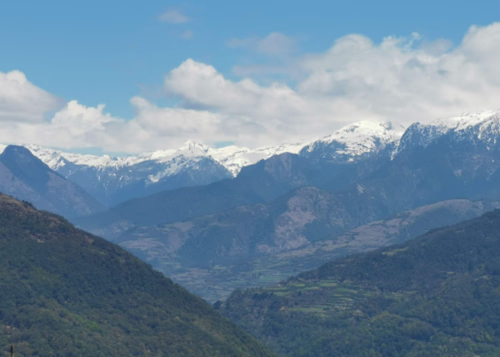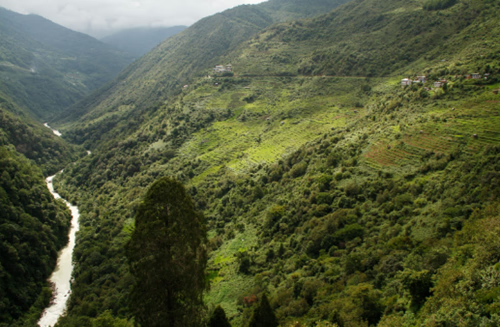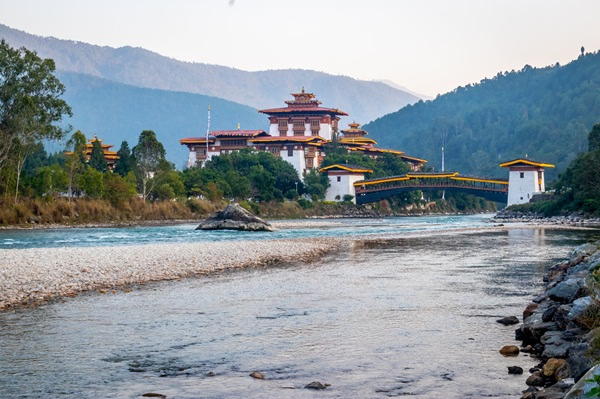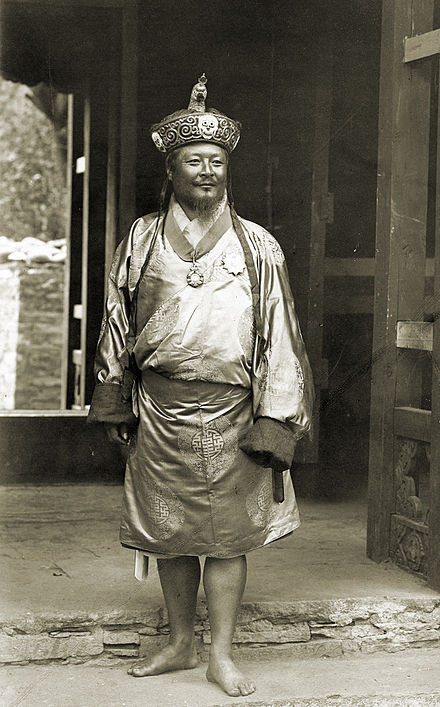After Guru Rinpoche’s time, Bhutan remained fragmented for many centuries, with local chieftains, clan leaders, and religious lamas ruling their own valleys. Disputes over land, resources, and religious influence were common. It was a time of local rivalries and alliances, punctuated by periodic invasions from Tibet, as well as competition between monastic schools vying for power. Despite this political fragmentation, the period was remarkably fertile for culture and learning. Monasteries grew in number, Buddhist scholarship flourished, and oral traditions became deeply rooted in Bhutanese society, preserving folklore, genealogy, and ethics.









